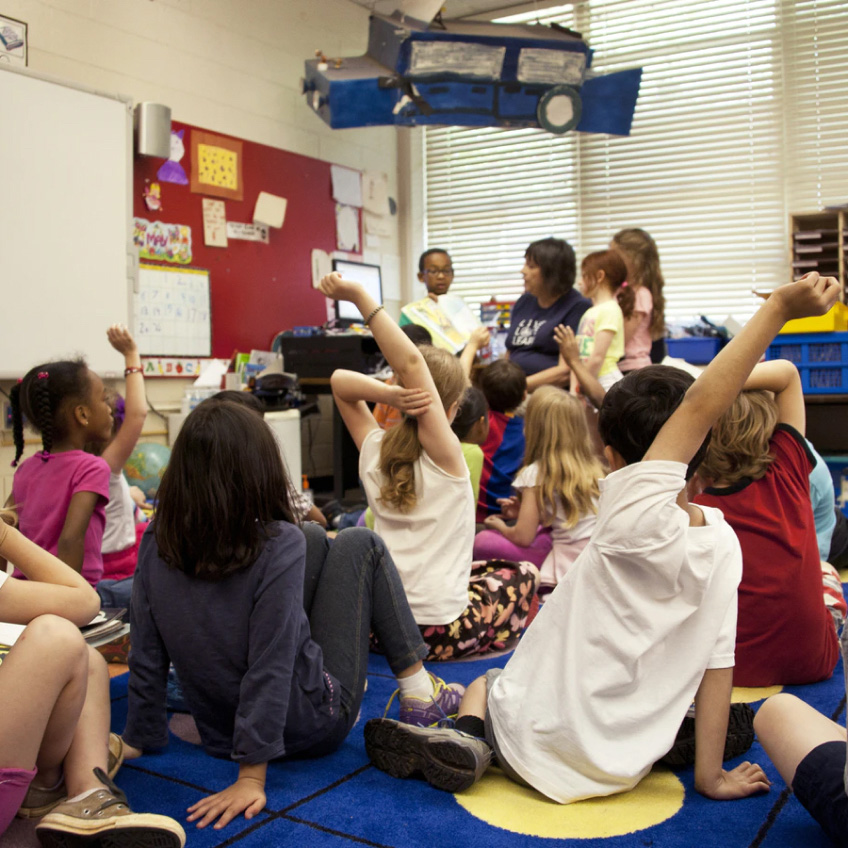There are millions of refugees in the world today, and many UK schools have pupils who are refugees or asylum-seekers. Refugees are often negatively portrayed in the media and may experience racism as a result. Teaching about the reasons people become refugees and exploring related issues of rights and justice can create a more empathetic environment.
Background
The word ‘refugee’ is used in everyday speech to describe people who have fled their home and country because of danger. But under international law, the word ‘refugee’ has a precise meaning and describes people who have fled because of fear of persecution, are unable to be protected by their own government, have fled to another country and been given refugee status by the government of the new country. To be given refugee status, the government of the new country has to decide whether the person meets the definition of a refugee as set out in the 1951 Convention Relating to the Status of Refugees. The definition says that the person must have left his or her own country, or not be able to return to it “owing to a well-founded fear of being persecuted for reasons of race, religion, nationality, membership of a particular social group or political opinion.”
- Asylum seekers are people who have formally applied for asylum and therefore want to be recognised as refugees, and are still waiting for a government to decide on their application.
- People flee their home and country and become refugees for many different reasons. Refugee movements are caused by the following:
- War between countries
- Civil war
- Persecution of minority ethnic groups
- Persecution of religious groups
- Persecution of members of political organisations
- Persecution of people because they belong to a distinct social group. For example, gay men and lesbians are persecuted in some countries.
- There are also countries where women who refuse to wear veils are risking persecution. *
Why teach about refugees?
About 14 million people are refugees in today’s world and another 25 million people are internally displaced within their own country. They have escaped conflict and human rights abuses. The last 20 years have also seen an increased number of refugees fleeing to Western Europe. In the UK, like in other European countries, the number of refugees has increased substantially since the mid-1980s. Almost every London school, and many other schools outside of London now have refugee students – something that could not have been predicted ten or twenty years ago. Television and newspapers have brought the experiences of refugees into everybody’s sitting rooms. Sadly, the media portrayal of refugees, particularly in the British tabloid and local press, has contributed towards increasing popular misconceptions about - and prejudices against - refugees. Even young children may pick up on these popular misconceptions, and the racist bullying of refugee children is an all too common occurrence in European schools. Most students are interested in, and often knowledgeable about the events that cause people to become refugees. Work about refugees enables school students to find out more about these current events. It also gives young people the opportunity to explore concepts such as human rights, justice, leaving home and being a newcomer. Such work should encourage students to develop empathy towards refugees and a commitment to justice. It should also encourage children to act responsibly and take action themselves to support refugees. *
Case studies
Read how the following schools have tackled the issue of refugees in class: » Learning about refugees at a primary school in Cumbria » Positive Images project at a Scottish secondary school
Teaching resources
Browse through teaching resources relating to Refugees / Asylum >> Read about Simple Acts that you can do with your students to spread awareness about refugees and help make them feel welcome. A fantastic and very beautiful book which makes the topic of refugees accessible to young children is The Journey by Francesca Sanna. The images and simple language tell the story of a refugee family fleeing violence and trying to make the long and difficult journey to safety. For older children, this emotive story of a Swedish student attempting to stop an Afghan man from being deported back to Afghanistan would provide a fantastic starting point for students to consider and discuss the rights of countries to choose who deserves to be given refugee status.
Useful websites
NALDIC This organisation supports the teaching of English as an Additional Language in the UK and has information on issues to consider when teaching about refugees. » Visit NALDIC's resource pages about refugee and asylum seeking pupils UNHCR UNHCR is the UN Refugee Agency and its website includes news and stories on refugee issues. » Visit the UNHCR news and stories web page * Text taken from Refugees: we left because we had to, Refugee Council, 2004.

